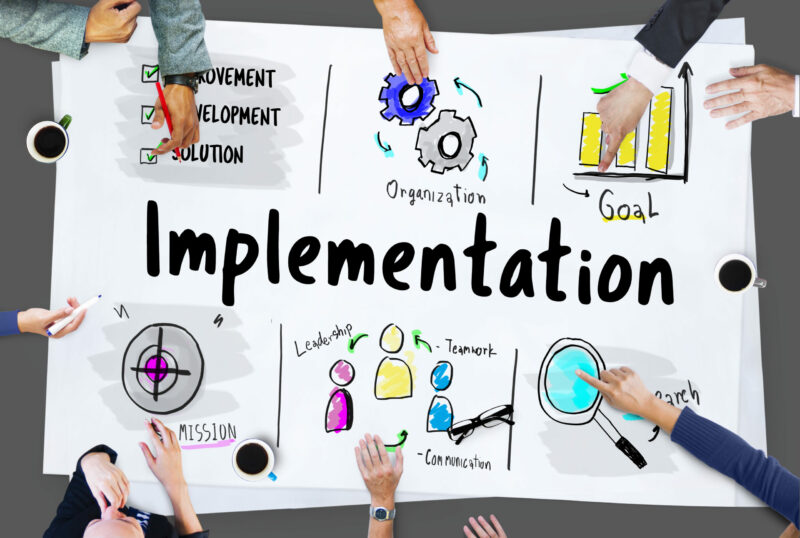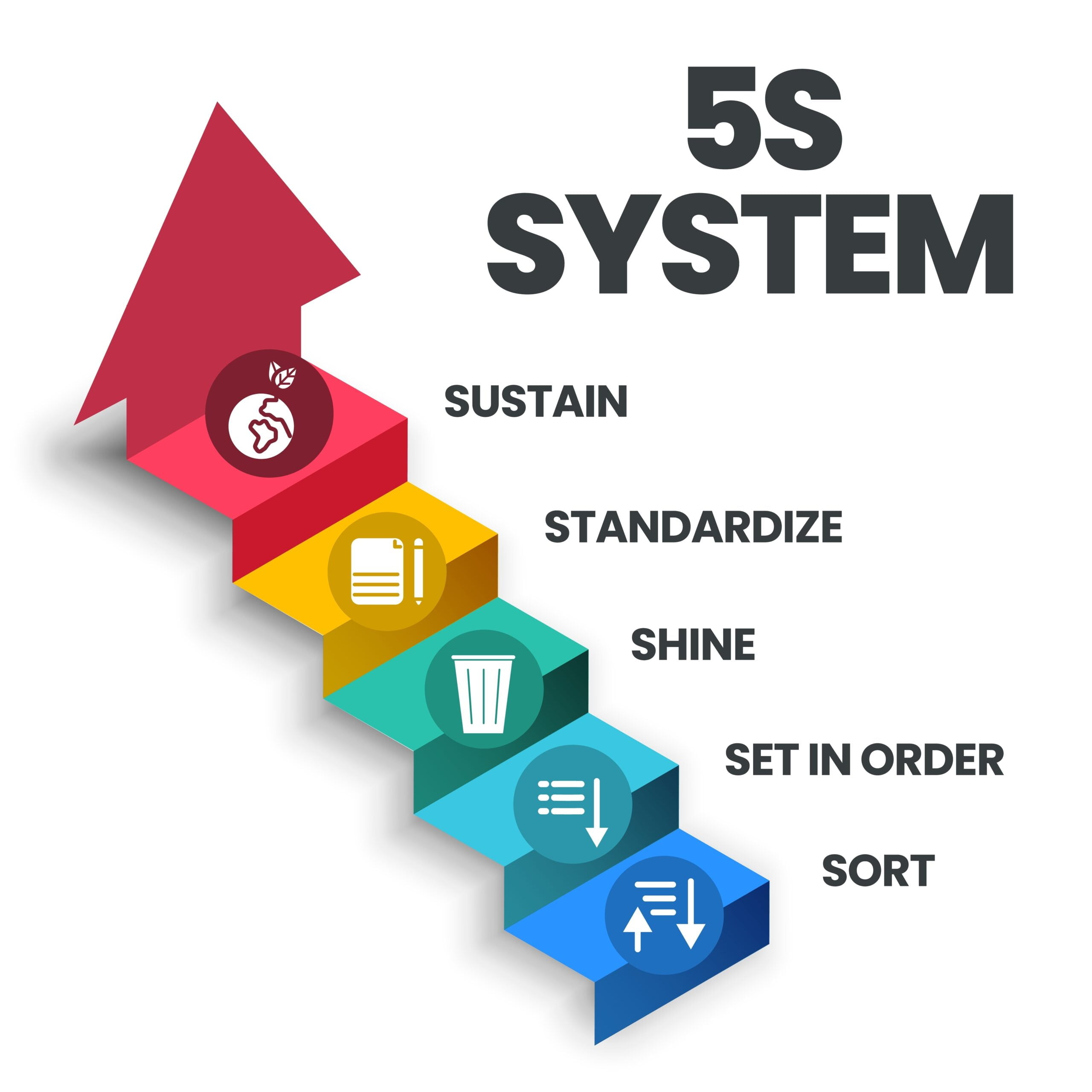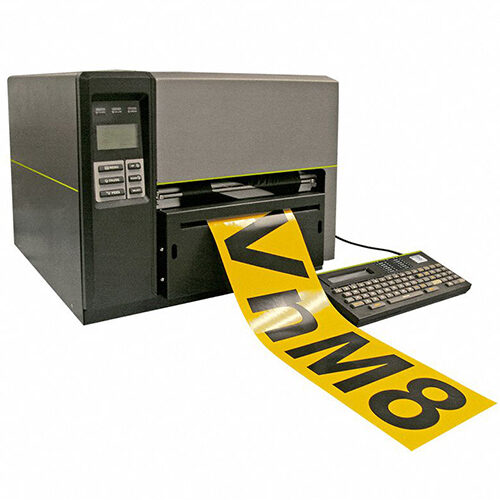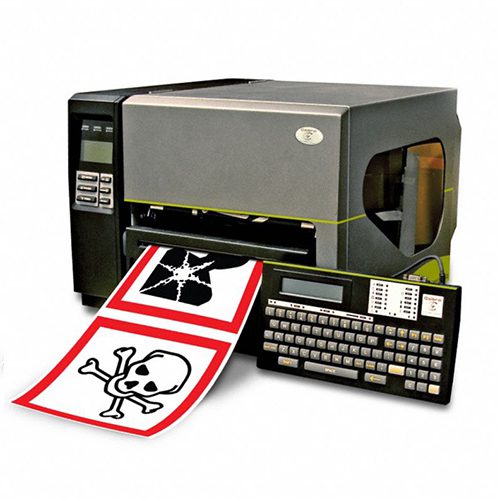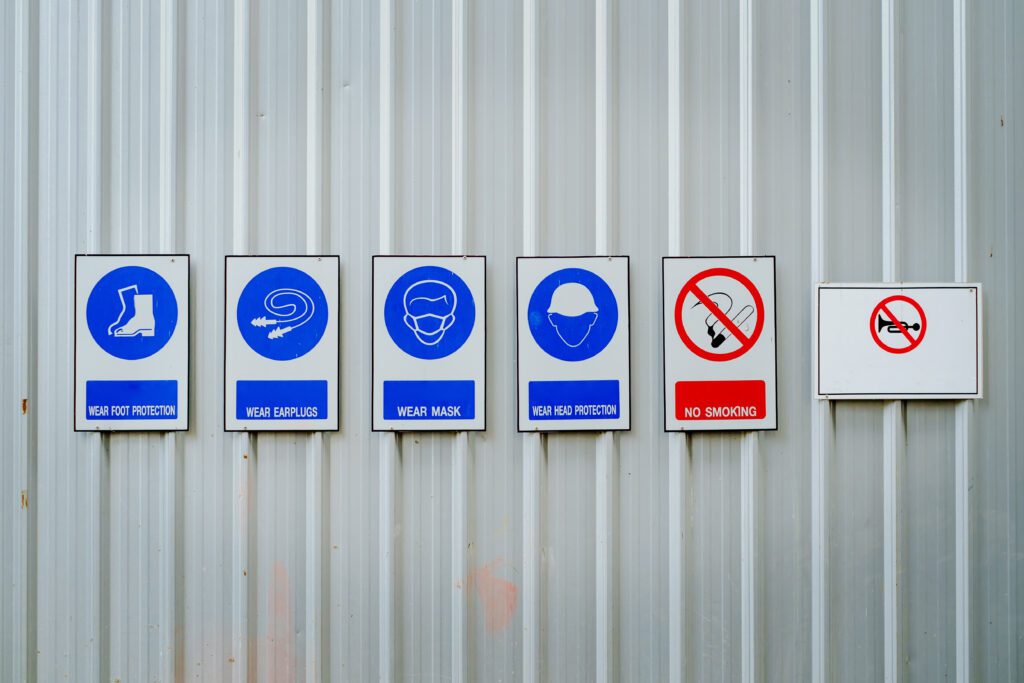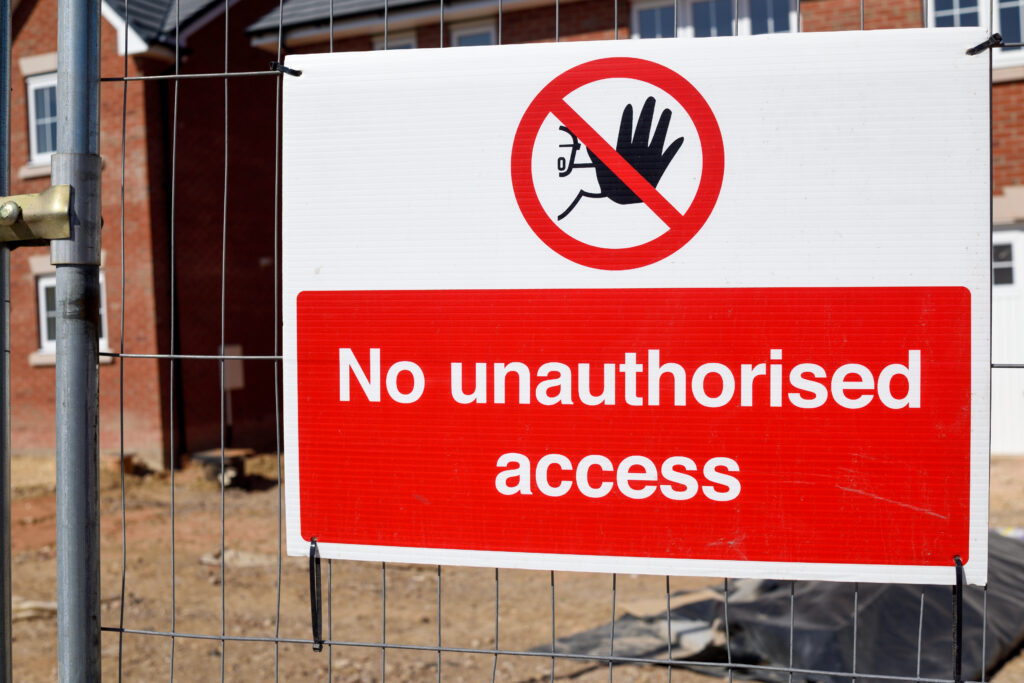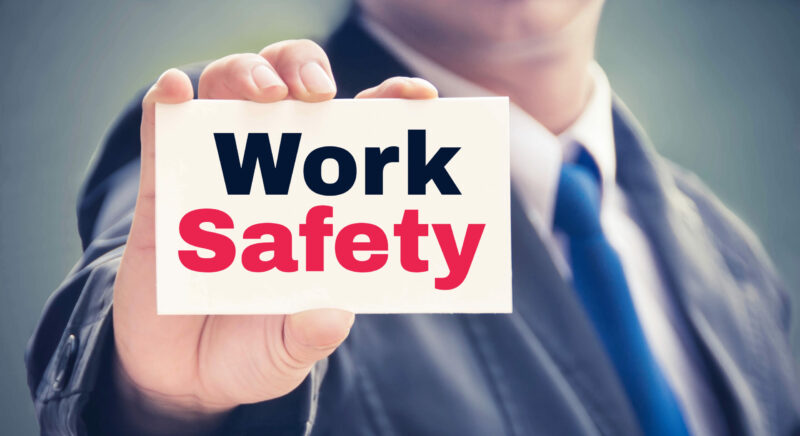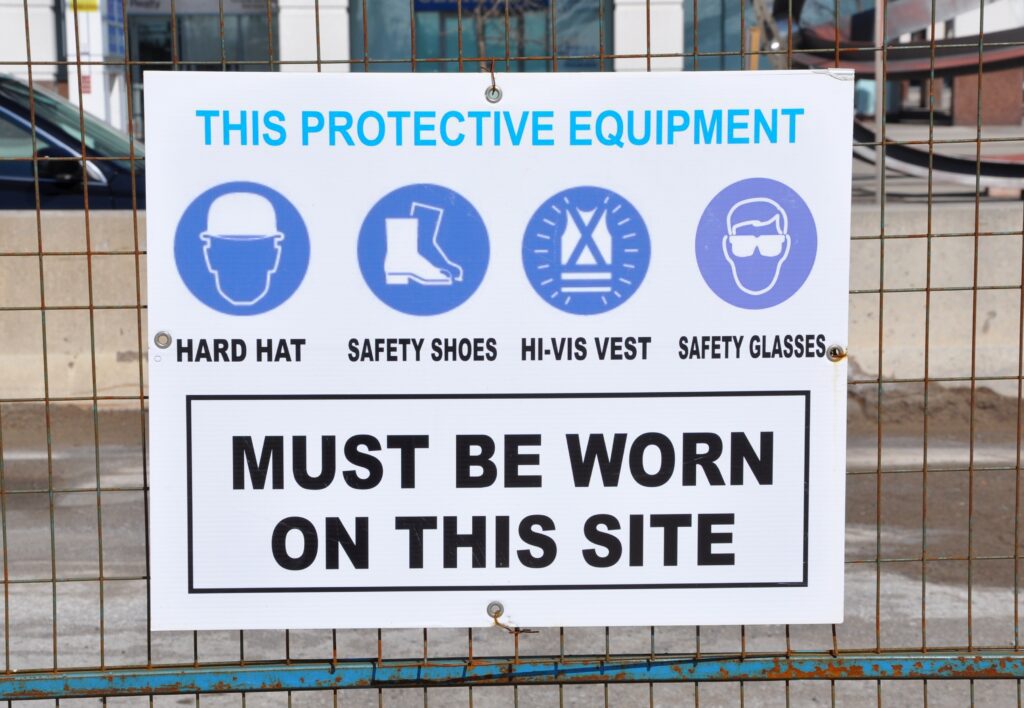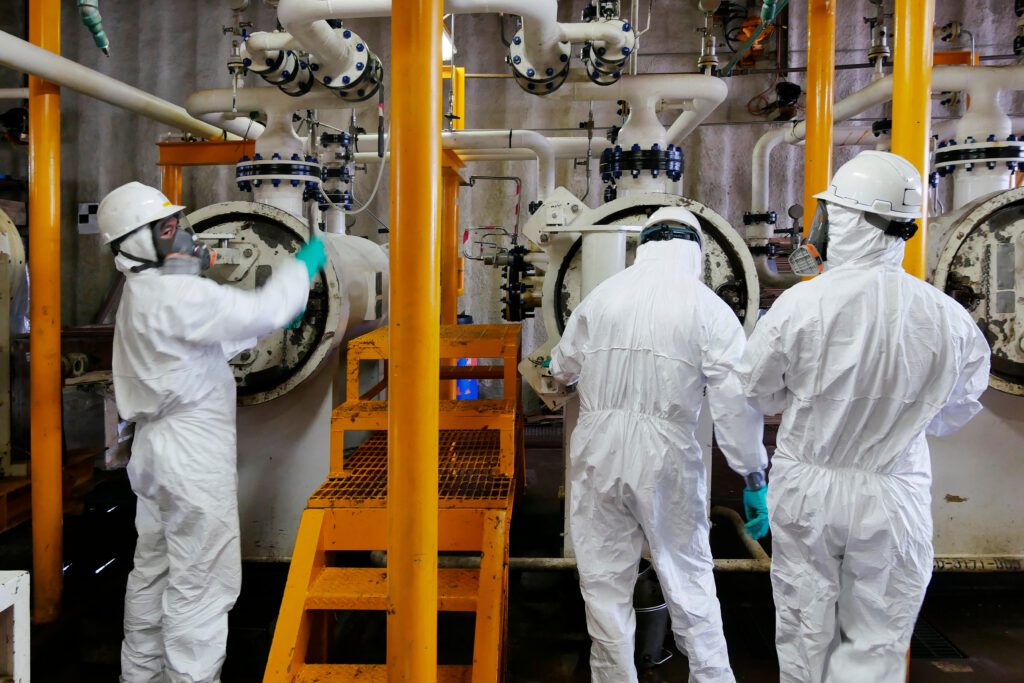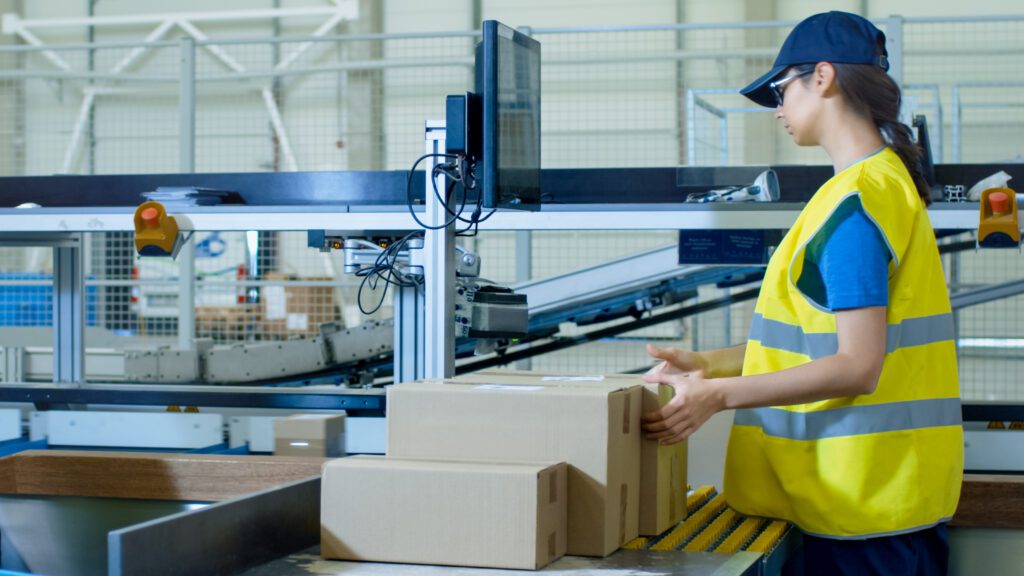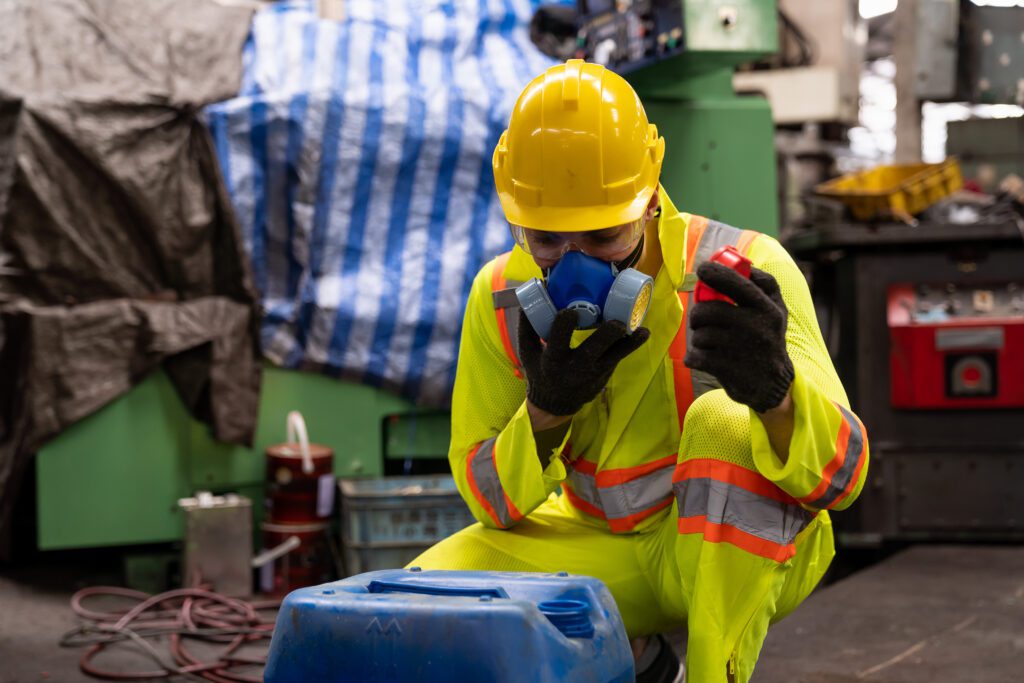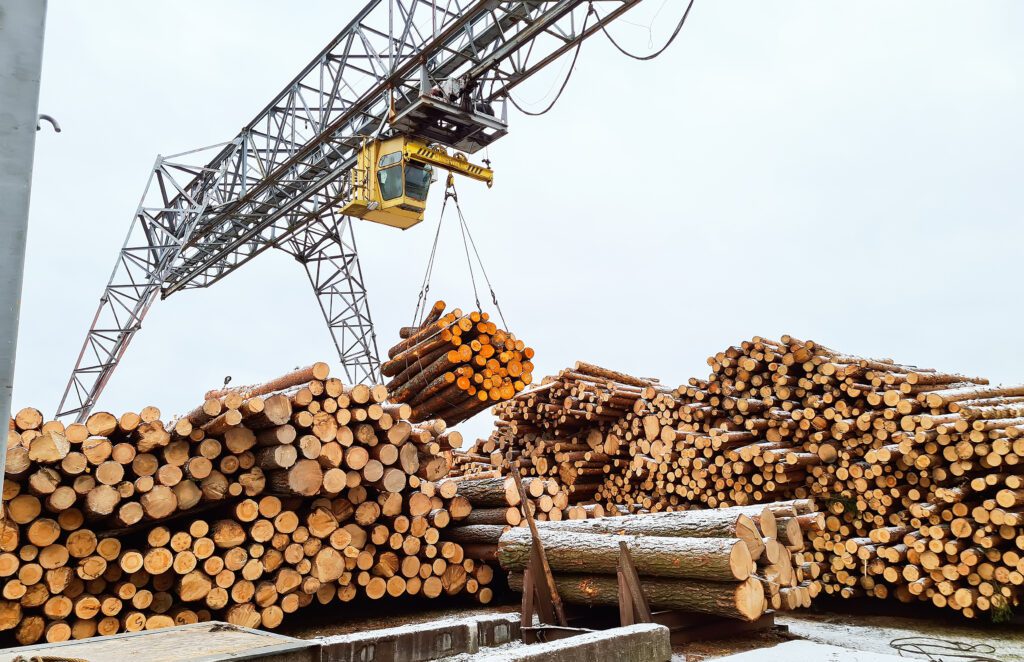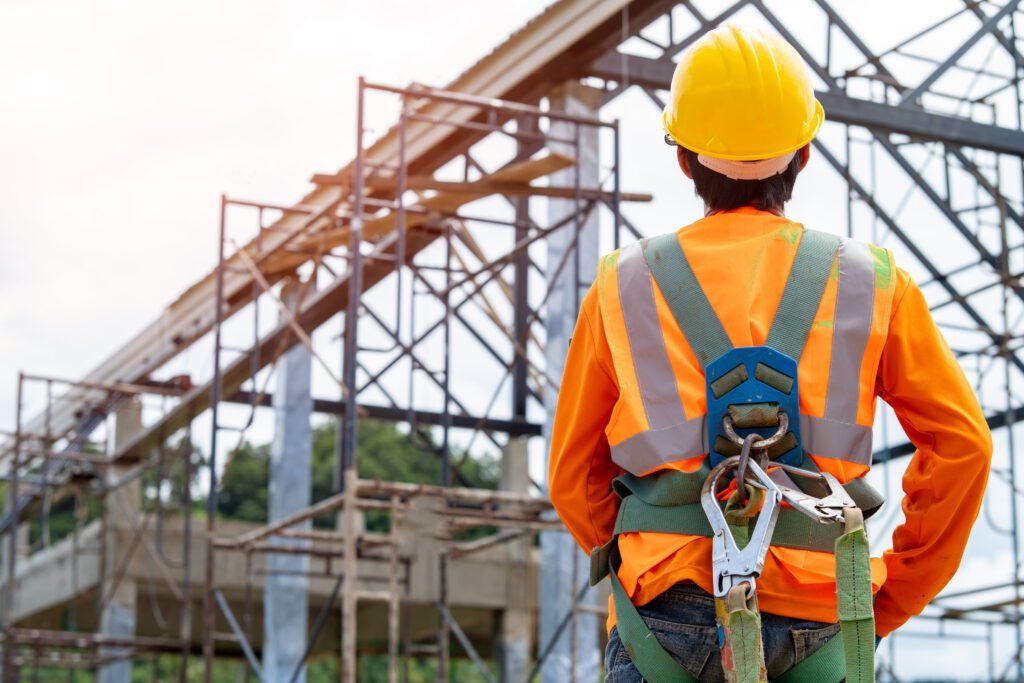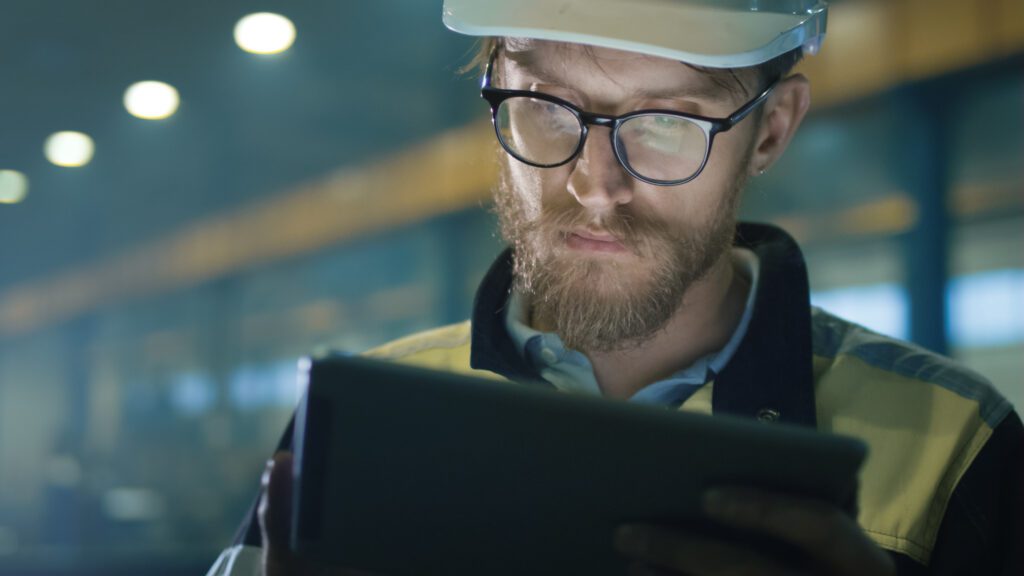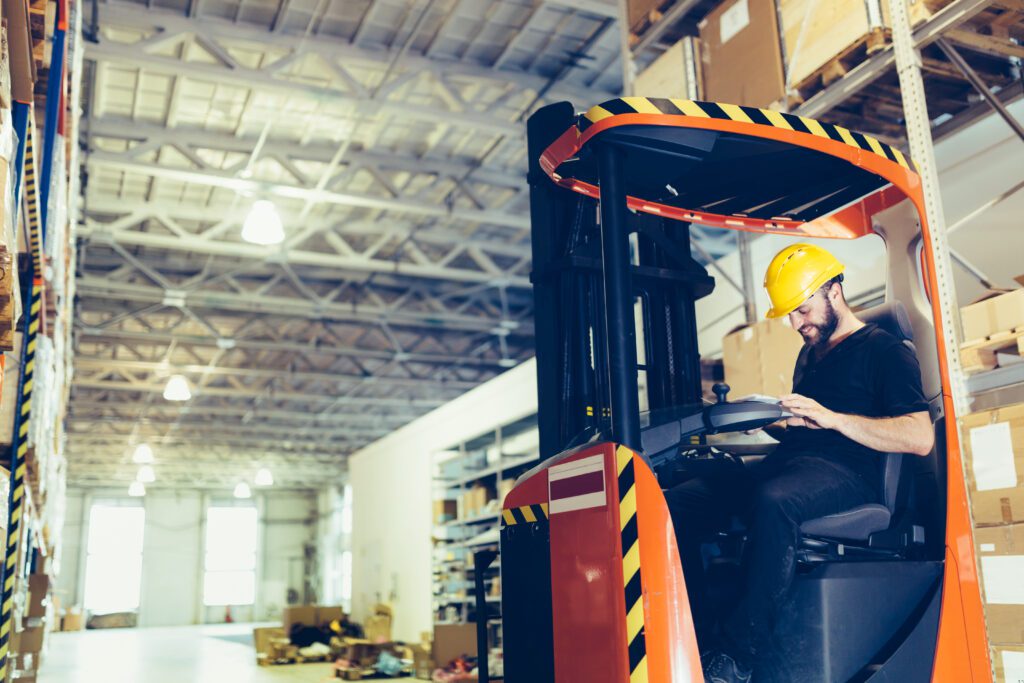In today’s fast-paced work environments, the concept of a visual workplace has gained increasing recognition for its potential to enhance safety and efficiency. From desktop organization to physical office layouts, visuals can both assist in and hinder safety and efficiency. From clearly labeling emergency exits and hazardous locations to creatively using color coding and visuals to remind employees of safety procedures, visuals can make all the difference in a safe and efficient workplace.
In this blog post, we’ll explore how visually creating a workplace can lead to increased safety and productivity. We’ll also look at the tangible effects that visuals can have on employee engagement, morale, and job satisfaction. Finally, we’ll review best practices and takeaways to help create a visibly safer and more efficient workplace. Ready? Let’s dive in!
Quick Overview
A visual workplace reduces complexity and clutter in the workspace, allowing employees to easily identify potential hazards. It also ensures that workers are aware of how to safely navigate their workspace and operate machinery, reducing the risk of accidents or injury.
Why Is Visibility in the Workplace Important?
Visibility in the workplace is paramount for creating an efficient, safe, and productive environment. Having a visual presence reduces the amount of time wasted due to decreased communication between coworkers. This can lead to faster workflow, improved customer service, and a decrease in hazardous safety risks. Visual cues also improve clarity and help streamline processes so that people can easily identify their responsibilities and duties. In addition, visibility helps ensure accountability and deters irresponsible behavior.
The importance of visibility in the workplace is also important for encouraging productivity and engagement. By having an open office area with complete transparency, employees are more likely to feel a sense of shared responsibility for the company’s success and are more likely to stay focused on their tasks. The increased visibility can also create strong collaboration between individuals as they become familiar with each other’s roles and expertise.
The argument against visual workplaces is that too much visibility can cause stress due to prying eyes; however, this can be addressed through employee complaints or surveys to ensure workers are comfortable. It is also important to provide designated break areas away from monitors or workspaces so that workers have a space where they can re-center throughout the day without interruption.
Ultimately, visibility encourages smoother communication, collaboration, and accountability within the workplace—all essential elements for promoting team efficiency and safety. As such, transitioning to ways of enhancing communication between employees is necessary for solidifying effective work practices throughout the organization.
Enhancing Communication Between Employees
Enhanced communication between employees is a key factor when considering how to use the visibility of the workplace to increase productivity. When individuals feel connected through open channels of communication, they are more likely to work together with greater efficiency.
However, some managers may worry that increased communication between workers will be disruptive and lead to lower productivity. There is evidence that this can happen, which emphasizes the importance of clear guidelines for communicating with colleagues and maintaining a focused workflow. Establishing these protocols can ensure that conversations remain respectful and productive and do not disrupt workflows unnecessarily.
Having visibility in the workplace makes it easier for team members to communicate with each other without having to leave their workspace. With clear pathways of communication laid out, such as in-person check-ins or digital message boards, employees can stay on task while ensuring that tasks are completed on schedule. This connection between individuals allows for better coordination as well as an improved team dynamic overall.
The importance of enforcing efficient yet open dialogue is paramount to making sure a visual workplace functions properly. By creating an environment where visibility and communication go hand-in-hand, organizations can ensure maximum productivity and provide employees with the support they need to succeed at their tasks. With appropriate measures put in place for both visibility and communication, successful workplace implementations will be enabled. The next section will look further into the methods employed for creating visual workplaces through signs and posters.
Creating a Visual Workplace Through Signs and Posters
Following the successful implementation of communication enhancements between employees, the next step in creating a visual workplace is to utilize signs and posters. Signs help to remind personnel of the protocols they are required to adhere to, while posters can be used for educational and informative purposes. Health and safety regulations take priority in this regard, as signage outlining safety procedures must be clearly visible and easily understood by all workers. Further, integrating visuals into an organization’s culture can result in greater compliance with given safety policies.
However, not all signs and posters are created equal; it’s essential to strike a balance between functionality and aesthetics. Signs should be written in an easy-to-understand language without being overly verbose, employing something such as clear directional phrases or meaningful symbols that don’t require words at all. Meanwhile, bright, bold colors have been shown to increase visibility and comprehension (depending on the size of the poster). By successfully integrating visuals into your workspace, you can create an environment that both looks the part and keeps teams informed while still allowing necessary daily operations to occur without complications or errors.
Once functional yet aesthetically pleasing signs and posters have been established within a workplace, it’s time to begin utilizing visual elements to plan and organize projects, tasks, processes, workflows, and more. This subject provides further opportunities to increase safety and efficiency within your establishment as well as potentially reduce overall costs, topics that will be discussed in our next section.
Key Points to Know
Visual elements in the workplace can be used to increase safety and efficiency while also providing a visually pleasing environment. Signs and posters should incorporate easy-to-understand language, bright and bold colors, and meaningful symbols for the best effect. Utilizing visuals for planning and organizing projects, tasks, processes, workflows, etc., can reduce costs and increase safety.
Utilizing Visual Elements to Plan and Organize
After establishing a visual workplace with signs and posters, it becomes crucial to utilize additional visual elements for effective planning and organization. These elements include barcode systems, checklists, and dashboards.
Leveraging Visual Tools for Workplace Planning
The utilization of these visual elements may help employees complete tasks faster as they can view their progress without having to ask managers or coworkers for status updates. Employees can rapidly identify pending tasks and estimate the time required for each, enabling them to adjust their workloads accurately. Moreover, they can track and report this information to facilitate managers’ progress monitoring.
On the other hand, some argue that excessive reliance on visual elements for tracking may result in data entry errors or confuse employees with insufficient training time. When using visual elements, it becomes crucial to ensure clear communication through signage or documentation and provide technical instruction if necessary. Additionally, reviewing the entered data for accuracy is essential.
Ultimately, when planning and organizing an efficient workplace, visual elements can play a significant role in providing clarity while helping reduce the amount of human error that can occur with more traditional methods. Utilizing signs and posters, coupled with well-implemented visual tracking systems, provides a comprehensive understanding of progress within a given workspace. This allows employees to approach their tasks with ease of comprehension while also offering managers a clear outlook on the overall operations. By creating an environment grounded in visuals instead of paperwork, everyone involved can benefit from increased safety and efficiency. Moving forward, companies should consider adding surveillance systems to further enhance safety on the job site while protecting personnel from potential harm.
Enhancing Safety With Surveillance Systems
When it comes to safety in a visual workplace, surveillance systems may be a key component. Surveillance systems can provide monitoring and video recording of potentially hazardous areas. This can not only deter potential onsite mishaps, but if one should occur, the CCTV footage may provide valuable insights in terms of accident investigation and prevention. Opponents of such systems have expressed privacy concerns; however, the implementation of strict protocols can help ensure adherence to privacy requirements. Additionally, organizations can leverage surveillance systems judiciously to instill a sense of security among staff and other stakeholders.
From the employer’s point of view, CC TV cameras can serve as surveillance for remote work locations that are otherwise difficult to manage from afar. In cases requiring access control for restricted areas like server rooms or hazardous material warehouses, such systems can remotely grant access to authorized personnel as needed. With contemporary advancements in AI-enabled video analytics, organizations now have access to highly intelligent motion sensing and facial recognition capabilities that help increase the efficacy of CCTV systems.
Like any decision involving safety, one must assess potential risks and rewards before investing in any surveillance system. Organizations should always consider the scope of protection desired as well as the impact on privacy and other related factors before making any final decisions. In conclusion, when used prudently and with appropriate process controls, surveillance systems can be an effective tool that helps create safer environments within visual workplaces. With this information in mind, it’s now important to consider the advantages such an environment has when it comes to maintaining workplace safety.
Benefits of a Visual Workplace for Safety
A visual workplace can be a great way to enhance safety in the workplace, both visually and physically. Surveillance systems have an essential role to play in improving safety on the job, but they do not encompass the entire safety strategy that visual workplaces bring to the table. There are many advantages to implementing a comprehensive visual workplace program, with improved safety being one of the core benefits.
Awareness and Hazard Recognition
One advantage of a visual workplace for safety is that it helps workers become more aware of their surroundings and potential hazards. Visuals such as signs, symbols, posters, and other visuals placed strategically around the workspace can provide quick reminders about crucial safety practices or procedures to follow. Visual cues can help workers recognize risks or unsafe conditions more easily, reinforcing the importance of following safety protocols. Additionally, signage can remind workers to wear protective equipment when working with dangerous materials or machinery.
Communication Channels for Safety
Another benefit of a visual workplace is that it can serve as a communication system between workers and management or supervisors. Through posters and other visuals, leaders can quickly get essential information out about changes in policies or procedures related to workplace safety without having to rely solely on verbal communication (which may not reach everyone in time). Visual elements can also make it easier for everyone on site, regardless of language barriers, to grasp safety compliance expectations.
Of course, there are those who argue that implementing a visual workplace program is too costly or time-consuming compared to traditional methods alone. However, investing in a comprehensive visual workplace program comes with its own set of cost savings, such as decreased training time and fewer incurred liabilities due to increased worker knowledge of safety protocols and risks. Ultimately, these cost savings would far outweigh any initial monetary costs associated with implementing a visual workplace program.
A visual workplace is not only beneficial for increasing overall efficiency in the workplace; it is also an invaluable resource for instilling safe behavior among employees. With familiar visuals ranging from instructional symbols to pictograms to warning labels posted throughout the workspace, a comprehensive visual workplace program can help create a safer environment while simultaneously increasing productivity levels on the job.
Answers to Frequently Asked Questions
What benefits does a visual workplace offer in terms of safety?
A visual workplace offers a range of safety benefits, including improved hazard awareness, better communication, and increased worker engagement. By displaying safety guidelines in a visual format, we make workers aware of potential hazards and how to prevent them. Additionally, visual guidance can make communication within the workplace more efficient, resulting in less confusion and fewer accidents. Finally, an engaging visual environment increases worker involvement in the safe operation of their work area. This allows for better monitoring and more effective implementation of safety protocols that can reduce risk and improve overall workplace safety.
What types of visual elements promote workplace safety?
Visuals such as floor markings, posters featuring safety protocols and reminders, traffic-light-style checklists, infographics or diagrams representing complex processes and procedures, labels or signs indicating hazards on the floor or in a designated area, and colored visual cues to delineate between different types of spaces can all promote workplace safety. Using bold colors and symbols can draw attention to the most important safety components within a space, helping people recognize when they need to take extra steps to ensure their own safety. Floor markings can clearly designate restricted areas or mark a safe path for personnel to follow. Posters and diagrams can demonstrate procedures in detail so employees know the correct way to handle certain situations. Colored labels and signs can easily indicate dangerous areas in any workplace. Together, these visuals provide concise information on how personnel should interact with their environment while still working efficiently.
How can employers ensure the visual workplace remains safe?
Employers can ensure the visual workplace remains safe by implementing a few key strategies. First, they should establish clear safety-related policies that strictly adhere to industry and local safety regulations. This should include providing employees with training on proper safety etiquette for the workplace, such as wearing protective gear and following prescribed procedures. Additionally, employers should encourage employees to be vigilant and report any safety concerns or hazards immediately to management. Finally, employers should regularly inspect the workplace and repair any malfunctioning equipment or potential safety risks immediately. By taking proactive steps to keep safety at the forefront of operations, employers can ensure visual workplaces remain safe for all involved


